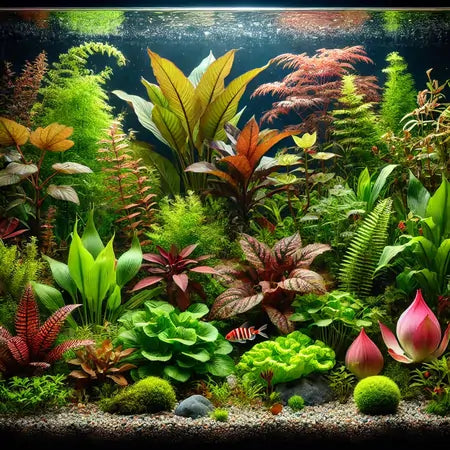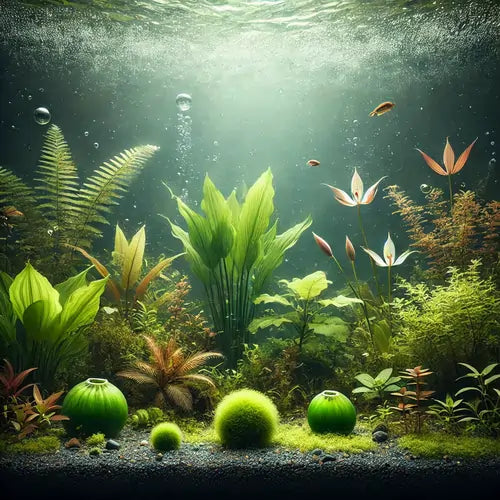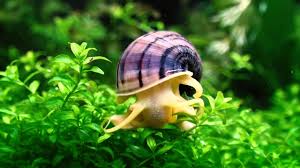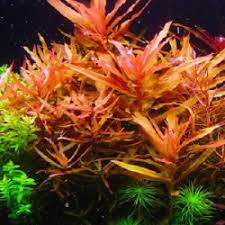Trending searches
$0
Transform your aquarium into a lively paradise with Cardamine Lyrata! It's one of the best aquarium plants for oxygenation, thriving in low light conditions. Vacation for your fish tanks. Buy these cool live aquatic plants online or find 'live aquarium plants for sale near me'.
1. Discover low light aquarium plants for healthy ecosystems.
2. Best aquarium plants for oxygenation and coverage.
3. Buy aquarium plants online for easy access.
4. Budding aquascapers discover live aquarium plants for sale near me.
5. Versatile aquatic plants for fish tanks.
At Canton Aquatics LLC, we take great pride in providing high-quality live aquarium plants to our customers. We understand the complexities involved in shipping live plants and are committed to ensuring they arrive at your doorstep in excellent condition.
Shipping Process:
DOA (Dead on Arrival) Policy:
Limitations and Responsibilities:
Cancellation and Changes:
Customer Support:
By placing an order with Canton Aquatics LLC, you acknowledge and agree to the terms outlined in this shipping policy.
Please be sure to check the regulations in your state regarding restricted plants. Our policy is to avoid shipping any plants that are prohibited in your area to ensure compliance and environmental safety. It's important not to introduce plants into the wild or waterways, as this could disrupt local ecosystems by introducing invasive species.
We appreciate your efforts in helping to protect the environment. For the latest updates, you can consult the USDA State Noxious Weed list here.
Thank you for your dedication to preserving our natural habitats.






!